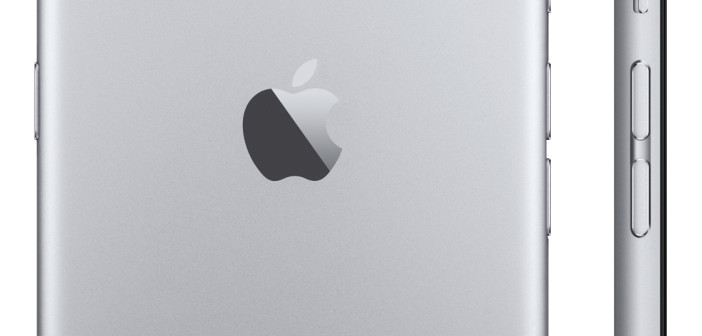Yet “headwinds in the maturing smartphone market […] are finally impacting Apple,” says analyst
Apple’s financial results for its fiscal 2016 first quarter ended 26 December 2015 show a record quarterly revenue of $75.9 billion and record quarterly net income of $18.4 billion, or $3.28 per diluted share.
These results compare to revenue of $74.6 billion and net income of $18 billion, or $3.06 per diluted share, in the same quarter the previous year. Gross margin was 40.1% compared to 39.9% in the same quarter in the previous year, while international sales accounted for 66% of the quarter’s revenue.
Said Tim Cook, Apple’s CEO: “Our team delivered Apple’s biggest quarter ever, thanks to the world’s most innovative products and all-time record sales of iPhone, Apple Watch and Apple TV. The growth of our services business accelerated during the quarter to produce record results, and our installed base recently crossed a major milestone of one billion active devices.”
Added Luca Maestri, Apple’s CFO: “Our record sales and strong margins drove all-time records for net income and EPS in spite of a very difficult macroeconomic environment. We generated operating cash flow of $27.5 billion during the quarter, and returned over $9 billion to investors through share repurchases and dividends. We have now completed $153 billion of our $200 billion capital return programme.”
However, Ian Fogg, head of mobile analysis at IHS Technology, stated that while Apple has done very well, that success may be harder to come by going forward. He explained: “Compared to the competition, Apple’s iPhone performance is still very strong, but there are headwinds in the maturing smartphone market that are finally impacting Apple.
“Overall, the smartphone market is slowing. Apple has resisted these wider market trends, but their competition is as much their own products from years ago as it is Samsung, Huawei or Xiaomi. Apple’s hardest competitor is itself because it must persuade existing iPhone owners to upgrade and buy the current model,” he noted.
Fogg continued: “Apple knows it needs to diversify from its dependence on the iPhone. Early signs are the new product lines – Apple Pay, the new app-enabled Apple TV and Apple Watch – are growing well, but not yet fast enough to off-set the headwinds affecting the iPad and iPhone. Apple must leverage its vast iPhone installed base to cross-sell these devices to iPhone owners now, while the iPhone is selling well, to set up its business for the long term.”
Fogg added that these latest results do show Apple to be the top smartphone manufacturer globally. He observed: “Apple’s results demonstrate, again, that Apple is the most successful smartphone company in the world.
“Significantly, Apple raised the average selling price (ASP) of the iPhone to $691 while also increasing iPhone unit shipment volumes year-on-year,” he stated. “Only the strongest companies can raise ASP and shipment volumes at the same time. These high average selling prices and excellent margins provide Apple with strategic flexibility in how it chooses to operate its business in 2016.
Fogg concluded: “Apple has repeatedly demonstrated an ability to buck wider economic conditions and persuade consumers to spend more on their smartphone. China has had a widely reported economic faltering in the last year, but, despite that, Apple has pushed up sales in China by 14%, just as the iPhone prospered in Europe and North America during the economic troubles of 2008-2010. The question is, if China’s economy had not slowed, how many more iPhones could Apple have sold?”
Apple is providing the following guidance for its fiscal 2016 second quarter: revenue between $50 billion and $53 billion; gross margin between 39% and 39.5%; operating expenses between $6 billion and $6.1 billion; other income/(expense) of $325 million; tax rate of 25.5%.
Apple’s board of directors has declared a cash dividend of $.52 per share of the Company’s common stock.





